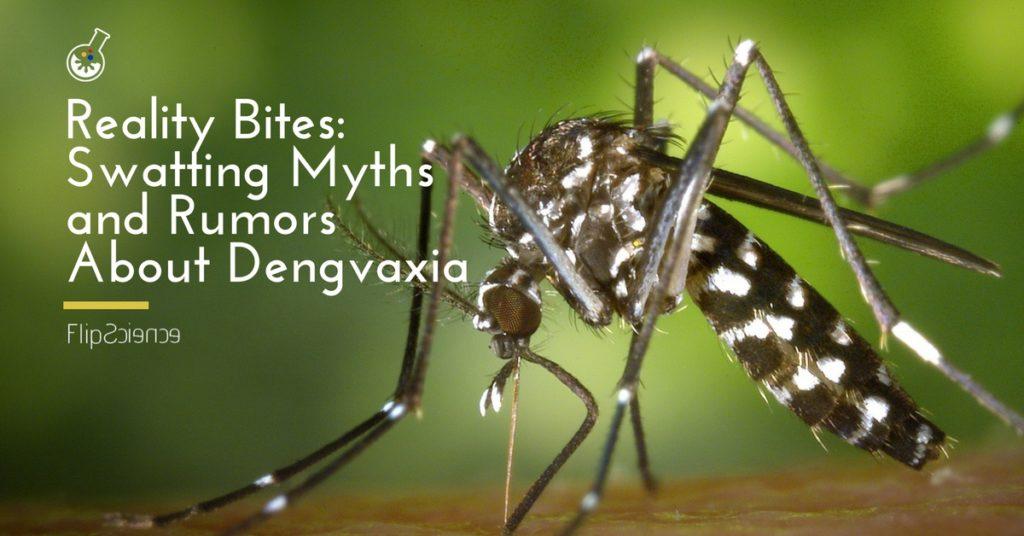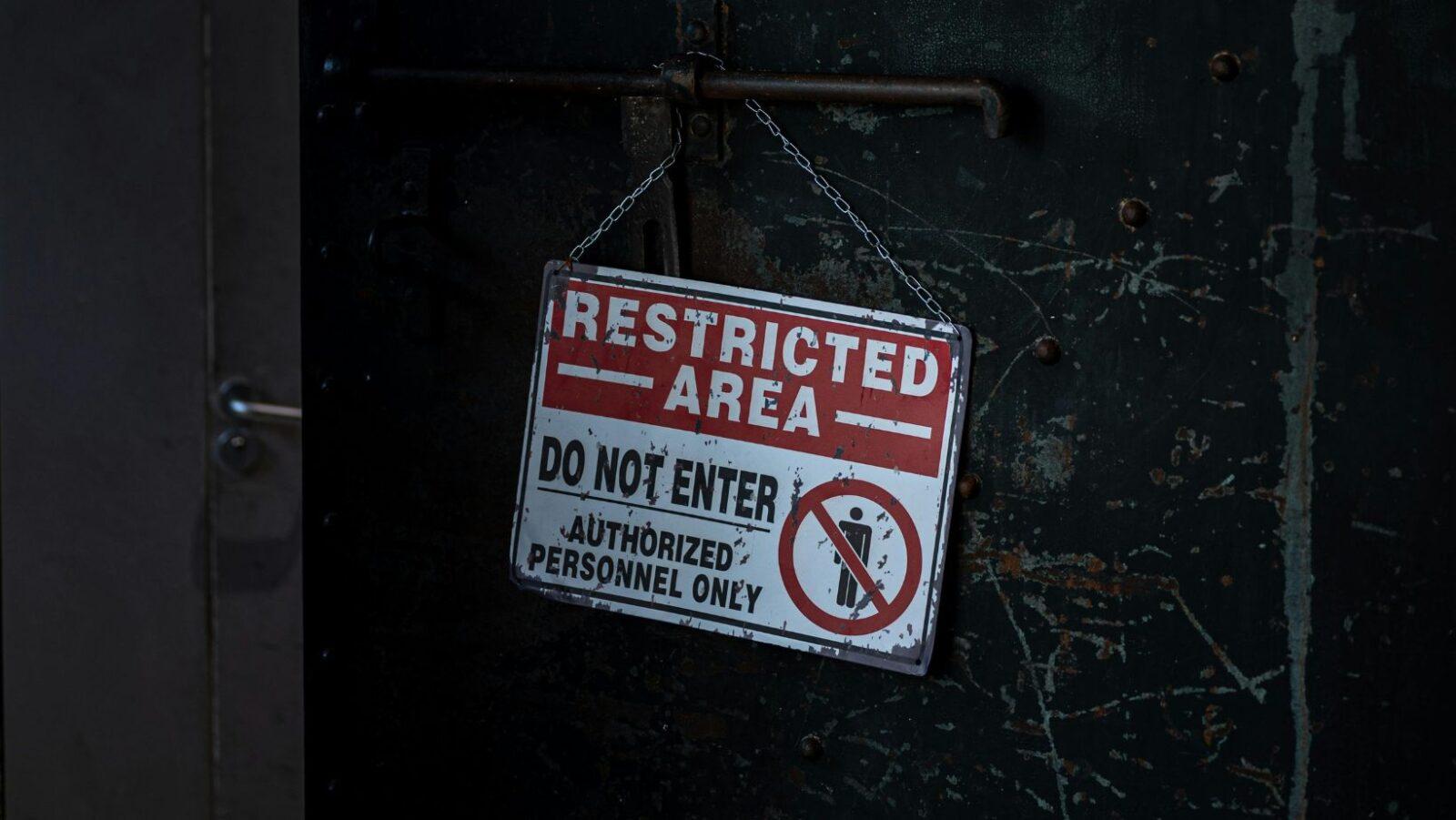When Sanofi issued a formal advisory against Dengvaxia, the dengue vaccine that it developed, citizens, government officials, and media outlets in the Philippines buzzed like a scourge of mosquitoes.
The company’s announcement seemed like a nightmare transformed into reality: According to their latest data — which they have yet to release to the public as of this writing—Dengvaxia could lead to “more cases of severe disease” when given to a person who has not yet contracted the disease.
As parents of children who were vaccinated called for justice, health advocates screamed for heads to roll, and various media outlets came out with rapid-fire articles about the controversy that seemingly contradict each other, one couldn’t help but wonder: Where did we go wrong?
How did we get it so wrong?
And more importantly, who should we hold accountable for this grievous and life-threatening error?
Out for blood
“The reason people are so confused about this is because the dengue vaccine is unlike any vaccine that has ever been made,” said infectious diseases expert Dr. Edsel Salvana in an email interview.
Dr. Salvana, who hails from the University of the Philippines Manila-National Institutes of Health, explained that the vaccine’s purpose is not to prevent dengue infection. Rather, the vaccine should reduce the risk of previously infected patients getting severe dengue by more than 90%.
The World Health Organization (WHO) defines severe dengue as “a potentially deadly complication due to plasma leaking, fluid accumulation, respiratory distress, severe bleeding, or organ impairment,” with severe abdominal pain, persistent vomiting, rapid breathing, bleeding gums, fatigue, restlessness, and blood in vomit as its symptoms.
However, according to Sanofi Pasteur regional director Dr. Joselito Sta. Ana, Sanofi counts a 2-day fever, a lower platelet count, and bruising as symptoms of severe dengue.
“The vaccine works best when it is given to someone who has already had at least one dengue infection,” stated Dr. Salvana, “However, for those who have not gotten dengue ever, there seems to be an increased risk of hospitalization and severe dengue.” According to Dr. Salvana, Dengvaxia was only intended for use in the most dengue-prone areas in the world, where people are most likely to contract the disease at least once in their lifetime.
A case of I-told-you-so?
A closer look at the timeline of events reveals a startling truth.
Months before Dengvaxia got approval, the World Health Organization already recommended further tests before its official rollout. It even mentioned the lower efficacy of the vaccine in patients with no prior exposure to the virus. Furthermore, other Filipino health experts, medical practitioners, and research groups also raised concerns about the effects of the vaccine. If this were the case, then why did our government push through with the vaccine’s release?
“[WHO’s statement] was not ignored,” clarified Dr. Salvana. Researchers allegedly monitored patients from the original clinical trials. Patients also received an extra test to verify which ones among them were seronegative. A seronegative patient’s blood would register a negative result for dengue. “This is why they are changing the label, because the lower efficacy and increased risk of severe dengue only came out much later than the original studies.”
Health reform advocate Dr. Anthony Leachon believes that Sanofi’s scientists may have realized that the concerns that he and other Dengvaxia critics had expressed at the time were, in fact, valid. “It’s their moral responsibility to disclose or face sanctions from FDA,” said Dr. Leachon.
Dr. Leachon also questioned why the government allocated Php 3.5 billion to combat the disease. He called it, rather succinctly, “misplaced priorities.” Dengue registers an average of 200,000 cases and 600 deaths a year.
Why did Dengvaxia get the go signal?
When asked about why the Philippine government went ahead with the implementation of the dengue vaccine program, Dr. Salvana said that it was a “problematic” matter.
“[T]ypically, before mass administration, once approved (which Dengvaxia is in the Philippines), a vaccine should be given first on a voluntary basis to private patients who are then monitored for any problems,” said Dr. Salvana. “In fact, the DOH decided on the mass vaccination program even before the WHO came out with a recommendation for mass administration.”
On the subject of the media, Dr. Leachon said that the way news outlets have handled this issue has so far been chaotic. “The focus should be on creating a blueprint for safety monitoring, [a] plan of action moving forward,” he said. Dr. Leachon believes that the media should prioritize the pursuit of accountability.
“There was some hysteria and a lot of anxiety that should not have happened,” said Dr. Salvana. “We need to be a bit more balanced in our coverage and consider the harm that we can do when talking about highly technical issues that are very easy to misinterpret.”
Dr. Salvana also stressed that to his knowledge, no deaths have definitively been linked to Dengvaxia. “The deaths that have been reported need to be investigated thoroughly before being attributed to the vaccine. From the trial data at least, we know no one died.”
Until more data comes to light and as the issue unravels further, Dr. Leachon’s recommendation is to track down each child who has received the vaccine and monitor them for side effects.

Author: Mikael Angelo Francisco
Bitten by the science writing bug, Mikael has years of writing and editorial experience under his belt. As the editor-in-chief of FlipScience, Mikael has sworn to help make science more fun and interesting for geeky readers and casual audiences alike.






